“Culture Chanel” – from culture to brand?
In le Palais de Tokyo, Chanel organizes an exceptional exhibition about Number 5 Perfume. Various works displayed in a very simple manner offer a decoding to the visitor.
Scrutinizing a masterpiece.
The “Culture Chanel ” exhibition is exceptional as the items displayed are exceptional. No dresses, no glitter though. The focus is on Number 5 and on its creator.
The exhibition is demanding and minimal as well. You are not to be told the “amazing story” of a brand. It is up to you to put together all the pieces of the puzzle.
The exhibition is elegantly designed and carefully laid out, down to the detail. After viewing the garden imaginary (and to be honest disappointing all the same with its patch of green and few touches of mauve), we enter the great room where, in Plexiglas cubes, the works are under seal, offering three paths of transparency for a hesitating ballet of visitors.
A white book -given by smiling hosts in black- and a touch screen audio guide will be the only subtitles to over 200 items displayed. Finally, as a climax, a projection room continuously shows all the advertising films of the perfume. Once again, bookcases in Plexiglas display books to be skimmed through about Mademoiselle, the brand, the perfume, the components, the places that closely or remotely surround the famous perfume. Eventually, drawers can be opened to breathe in some of the components of Number 5.
The symbol of the exhibition is the pure and empty flask, to be seen too on the posters announcing the exhibition, on the cover of the booklet. It is also the first item of the first display.
The visitor soon grasps why these Plexiglas cubes were chosen to display the items. Their edges remind him almost endlessly of the flask.
But this flask remains empty, without its elixir. So without its soul?
Indeed, emotion has trouble showing.
First of all, the crowd chokes it, because the crowd is there (the exhibition is an event and it is free).
It also comes from this minimalism, this cold alignment of works displayed at / knee level / floor level / that choke their soul. Even the majesty of Constantin Brancusi’s “Sleeping Muse” cannot truly express itself.
No light work, no highlight. Each item is a number: it looks vulnerable, barely protected by its transparent cage, as if the visitors’ waltz could easily trample it.
Yet, it is precisely through emotion that the exhibit begins, through pain in fact. The pain of a forever lost love: the one of Gabrielle Chanel for Boy Capel, who had initiated her into literature, esotericism and the happiness of not being alone anymore. Thus, number 5 is supposed to have been born from all these: absence, lack but also love and eternity.
The display of Number 5 consists in numberless references without any apparent order or hierarchy. The exhibition mixes past influences such as Catherine de Médicis (said to have inspired Gabrielle Chanel), Venice and influences of the time like Dada (Number 5 label is similar in appearance to a Dada leaflet),
Picasso (Number 5 flask borrowed its modernity from Cubism), Apollinaire as well Jean Cocteau, without always mentioning what Gabrielle Chanel precisely saw, read or appreciated. It also displays the influences that Mademoiselle and this perfume exerted on their time (on Stravinsky, number 5, for example), and later, on advertising as when Gabrielle Chanel became the first icon in the advertisement for a perfume, her perfume.
Then, does “Culture Chanel”, the title of the exhibition, refer to the brand culture, Number 5 culture or Mademoiselle Chanel’s culture?
Actually, the exhibition starts straightaway from the premise that creator, brand and culture are just one. It simply expounds the adventure of the product and brand from the initiation, from the “not yet idea” germ, to conception, realization, and finally maturation.
How come that the close scrutiny of Number 5 does arouse so much interest? Indeed, brands and culture are more and more mixed, but it is quite rare to see an exhibition dedicated to a product where the presence of art is so strong and so legitimate. This approach is probably due to the eternal essence of this work of art, for Number 5 has its share of eternity. Even when a perfume is released, there remains some lingering hint of its fragrant essence. Perfume that belongs to gods’ realm, appeals to man’s most delicate and subtle sense. Besides, Number 5 means a lot to our memory. What do we remember when its name is evoked? Do we remember this highly subtle mix of fragrances that is not linked to one particular flower? Or do we rather remember the aura, the mystery and the direct allusion to great social prestige? As a matter of fact, there is no reference to scents in the exhibition, which is neither an oversight nor a coincidence, for the product is of lesser importance here. What matters is the legend of a brand and of its creator. Number 5 was the ideal item for this exercise. This exhibition will probably mark a milestone in terms of brands, memory and sustainability.
“Culture Chanel”
Until June 5 – Palais de Tokyo – Paris



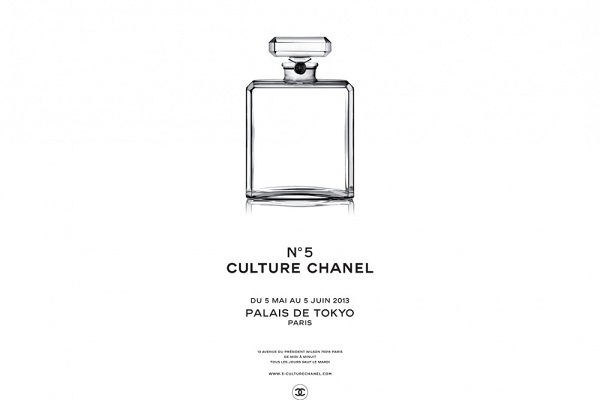
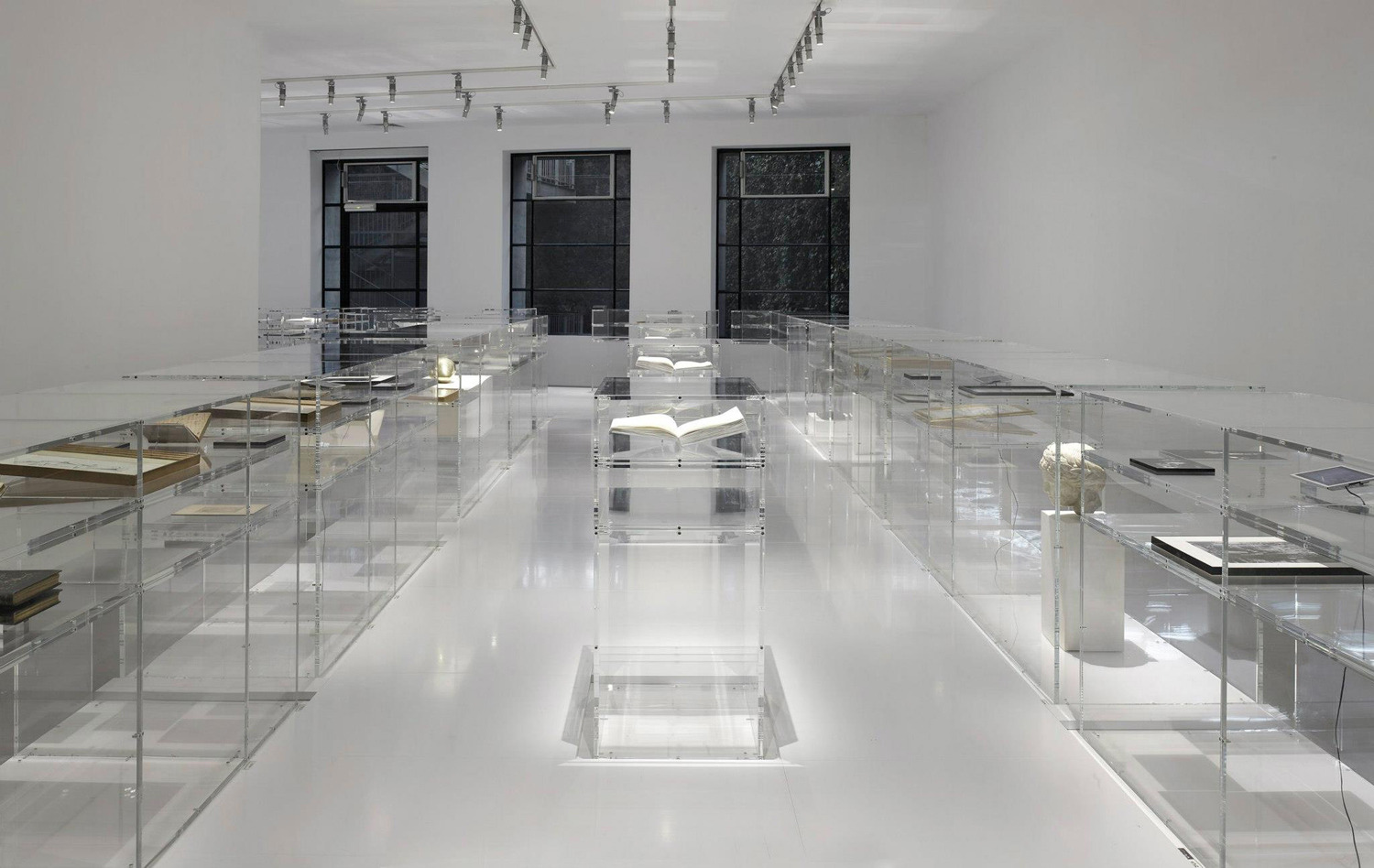
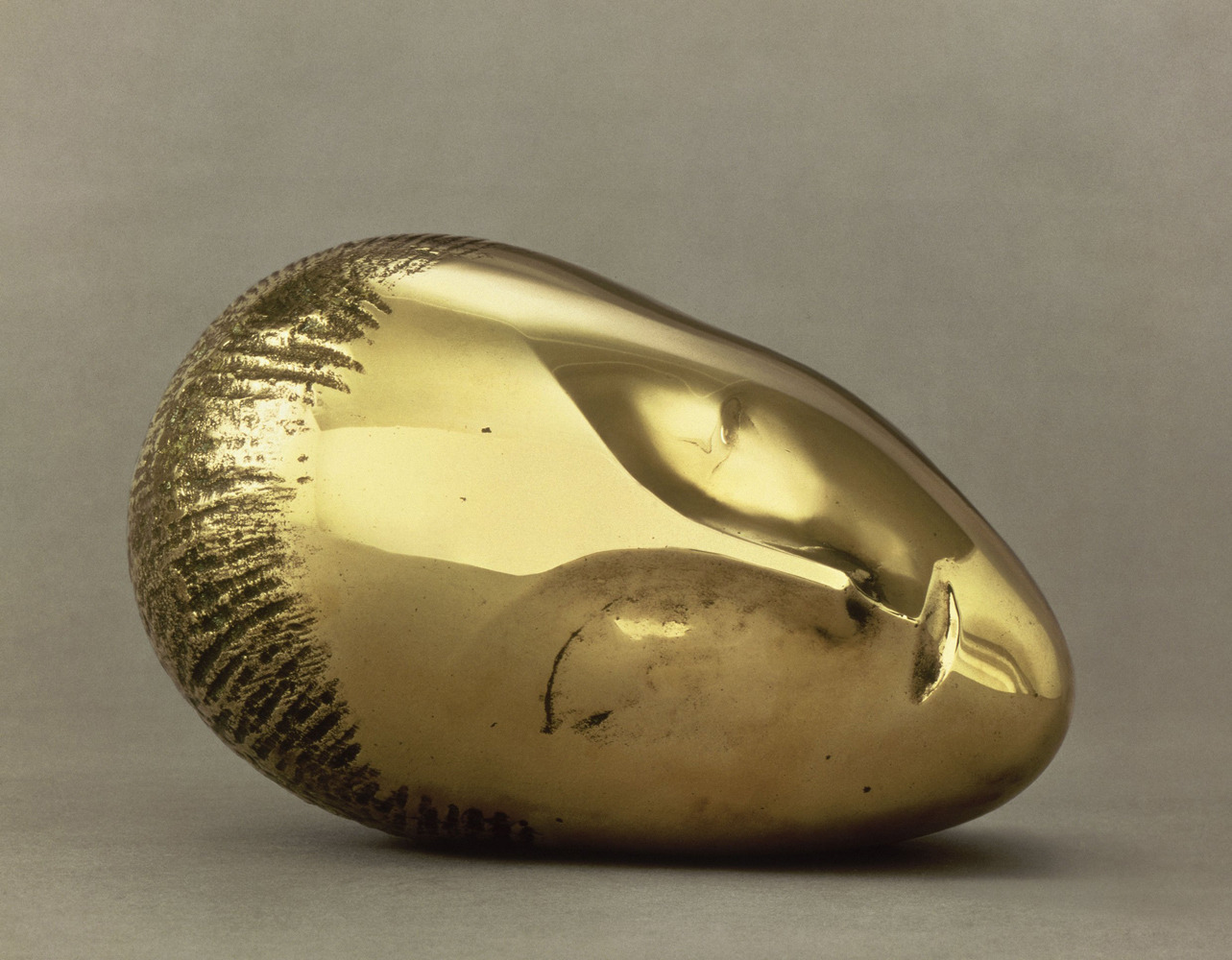

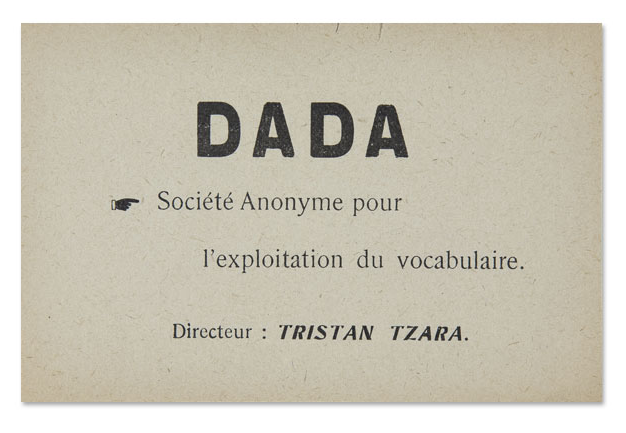




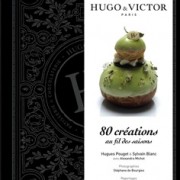
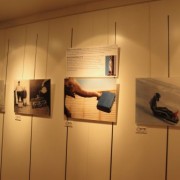




Leave a Reply
Want to join the discussion?Feel free to contribute!